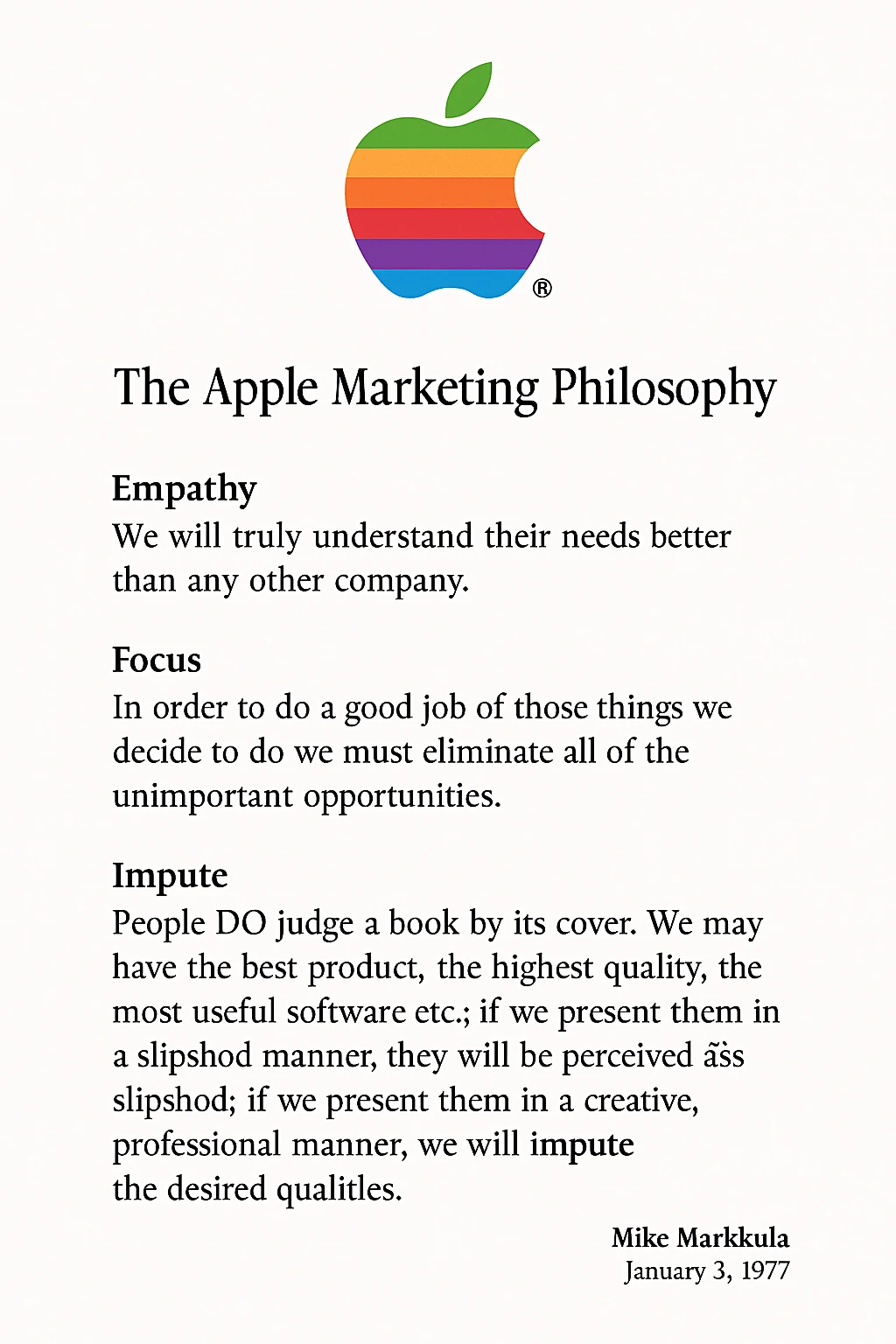Category: Business
Gary Vaynerchuk: The Thank You Economy
Key Insights from the Entrepreneur and Social Media Pioneer
My Notes
- Learned to speak English through Scooby Doo and Price is Right
- Learned why Gary became a Jets Fan
- When you are 12 and you have 10k under your bed and you are not selling weed, you are doing a good job.
- Set up a lemonade stand, collected/sold baseball cards, and then it clicked that collecting wine and being an expert in it was his next ticket.
- ’98-’05 Grew from a 4 to a 45 million dollar business
- The Thank You Economy is about listening. Start listening and don’t do so much talking.
- People used to spend millions of dollars doing focus groups. Now people are doing it for free and it isn’t biased (not in a focus group room etc).
- You don’t go back to what hurt you (Charlie Sheen > more cocaine).
- We just lived through the big box era, we are going to an era where people go to where there is a relationship.
Key Themes
Entrepreneurial Spirit
Gary showed business acumen from childhood, turning various interests into profitable ventures.
Social Listening
The Thank You Economy emphasizes listening over talking, using social media as a genuine feedback channel.
Relationship Era
Moving beyond the big box era to a time when business success depends on authentic relationships.
About Gary Vaynerchuk
Gary Vaynerchuk is a Belarusian-American entrepreneur, author, speaker, and internet personality. He is known for his work in digital marketing and social media as the chairman of VaynerX and the CEO of VaynerMedia.
After transforming his family’s wine business into one of the first e-commerce platforms for alcohol in the late 1990s, Gary became known for his pioneering use of content marketing and social media. His books include “Crush It!”, “The Thank You Economy,” “Jab, Jab, Jab, Right Hook,” and “AskGaryVee.”
VEE
THANK YOU
ECONOMY
The Thank You Economy
In “The Thank You Economy,” Gary Vaynerchuk argues that the rise of social media has made business personal again. Companies must show they care about their customers by interacting with them directly through social platforms.
The core thesis is that businesses need to return to a time when excellent customer service and authentic relationships were valued above all else. In the digital age, this means genuinely engaging with customers online and creating a culture of appreciation and care.
“We just lived through the big box era, we are going to an era where people go to where there is a relationship.”
— Gary Vaynerchuk
Your Thoughts?
What did I miss from Gary’s talk? Do you agree with his perspectives on business relationships and social listening? Share your thoughts in the comments below.
Steve Jobs: Vision and Leadership
Insights on Building Revolutionary Companies
Notes from the Video
- There is a revolution in software going on now. Simulated learning environments: You can’t give students expensive lab environments for their tests, but you can simulate them on the PC.
- More important than building a product, we are in the process of architecting a company that will hopefully be much more incredible than the sum of its parts.
- One of the things that made Apple great was in its early days it was built from the heart. That is like a bomb run, you don’t change your target when you are on a bomb run.
- There needs to be someone who is the “keeper or reiterator” of the vision because there is just a ton of work and a lot of times when you have to walk a thousand miles when you take the first step, it looks like a long way. It helps when there is someone there saying “we are one step closer”. The goal definitely exists, it isn’t just a mirage out there. So in a thousand and one little ways, the vision needs to be reiterated. I do that a lot.
Key Insights
Software Revolution
Jobs recognized the transformative potential of software to create simulated environments and new learning possibilities.
Company Architecture
Building a great company culture and structure is more important than any single product.
Vision Keeper
A leader must consistently reiterate and maintain the company’s vision through countless small reminders.
“One of the things that made Apple great was in its early days it was built from the heart. That is like a bomb run, you don’t change your target when you are on a bomb run.”
— Steve Jobs
The Thousand Mile Journey
Jobs emphasized the importance of celebrating each step toward a distant goal, with leadership consistently reminding the team they’re moving in the right direction.
Building from the Heart
Jobs believed that a company built with genuine passion and conviction would stay true to its mission, comparing it to a bomber that doesn’t deviate from its target.
1955-2011
Legacy of Vision
Steve Jobs co-founded Apple in 1976 and transformed multiple industries through his visionary leadership. After being forced out of Apple in 1985, he founded NeXT Computer and acquired Pixar before returning to Apple in 1997, where he led the company’s resurgence with iconic products like the iPod, iPhone, and iPad.
Jobs was known for his unwavering commitment to quality, design excellence, and his ability to see around technological corners. His leadership philosophy centered on maintaining a clear vision, building great teams, and focusing relentlessly on creating products that changed how people interact with technology.
Leadership Lessons from Steve Jobs
Stay on Target
Maintain unwavering focus on your mission despite obstacles.
Build Culture First
A great company creates great products, not the other way around.
Reinforce Vision
Consistently remind teams of the ultimate goal during the journey.
Embrace Innovation
Recognize transformative technological trends early.
